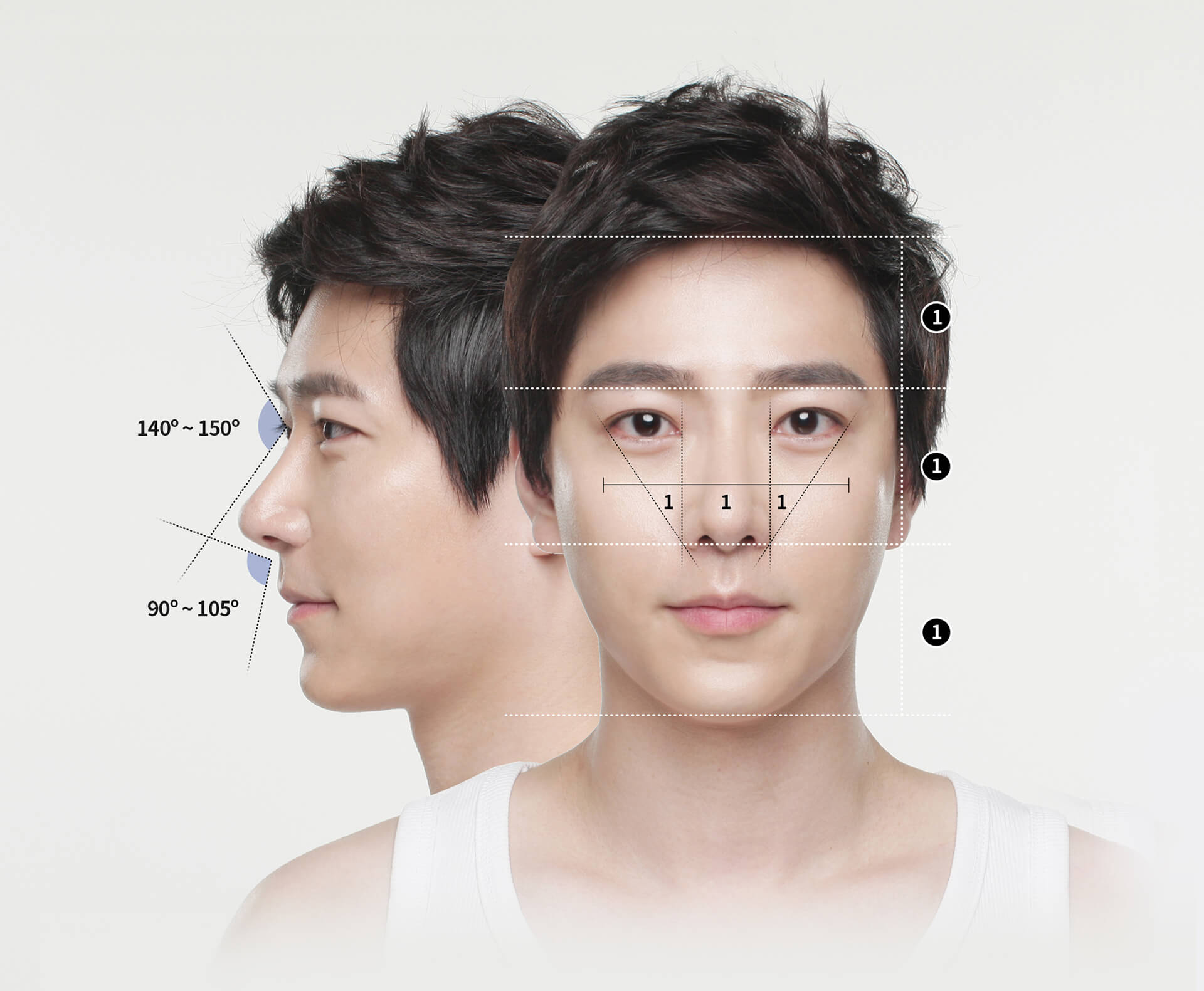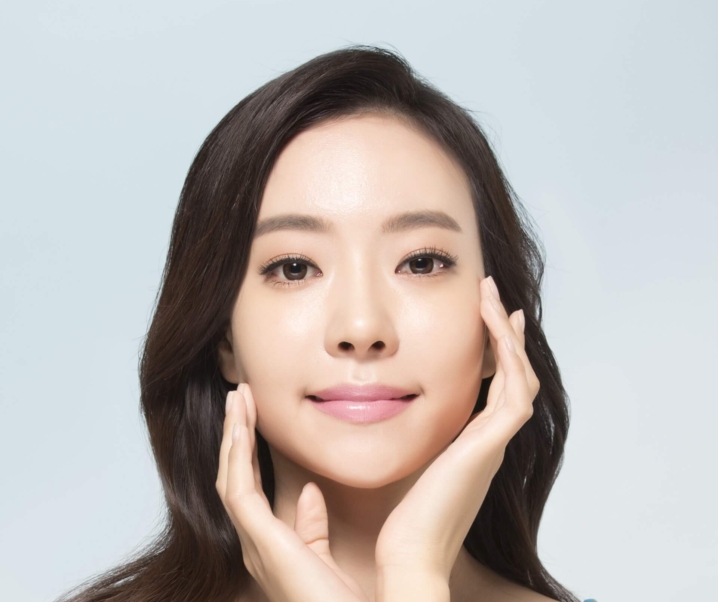If you are experiencing breathing difficulties or chronic sinusitis, the cause might be a deviated septum. And if you have a deviated (crooked) septum, you have to fix it! If not for aesthetic reasons, then for functionality reasons!
No one can breathe right with a crooked nose.
Because when you have a deviated nasal septum, it brings about breathing difficulties, makes your nose look crooked and your face asymmetrical.
As a matter of fact, ENT surgeons are able to fix your deviated septum. But plastic surgeons not only correct septal deviation but also enhance your nose shape at the same time. Read on to find out more about septoplasty and how you can correct your slanted nose.
What is a deviated septum?
Your nasal septum (made of bone and cartilage) is the thin wall that separates your two nostrils. A crooked or slanted nose is the evidence of a deviated septum. It could be due to nose deformities or birth defects. Or when there is a physical injury or extreme pressure to your nose.
When your septum is deviated, proper airflow is blocked, resulting in breathing difficulties, stuffy nose, chronic sinusitis etc. So if you have crooked septum, especially if its severely bent, you should definitely fix it!
How to fix a deviated septum?
A deviated septum can be fixed by surgically straightening it with septoplasty surgery. Some benefits of septoplasty surgery include:
- Improves your ability to breathe properly
- Restores and improves sense of smell
- Rectifies breathing issues such as stuffy nose or chronic sinus
- Aesthetically improve the shape of your nose (if done at a plastic surgery clinic)
And if you are considering to fix your slanted nose for medical reasons, there is no reason why you shouldn’t aesthetically enhancing it at the same time. Kill two birds with one stone!
What is the golden ratio for Korean noses?
Find out if you need septoplasty surgery or any other additional rhinoplasty procedures by checking whether your current nose is already optimal for your face below.

Optimal nose ratio for women:
- Ideal ratio between the forehead-eyebrows, eyebrows-nose, and nose-chin is 1:1:1.
- Optimal ratio between the length of eyes and width of nose is 1:1:1.
- Inner corner of eyes and corner of nose should be vertically aligned.
- Outer corner of eyes and corner of nose should be diagonally aligned.
- Ideal angle for the “sunken” area at the top of nose (nasofrontal angle) is 120°~140°.
- Optimal angle between the nose and upper lip (nasolabial angle) is 95°-110°.
- Having a supratip break (subtle indentation just above nose tip) is considered attractive for a woman’s nose.
- Slightly curved nose bridges makes women look more feminine.

Optimal nose ratio for men:
- Ideal ratio between the forehead-eyebrows, eyebrows-nose, and nose-chin is 1:1:1.
- Optimal ratio between the length of eyes and width of nose is 1:1:1.
- Inner corner of eyes should be vertically aligned with corner of nose.
- Outer corner of eyes should be diagonally aligned with corner of nose.
- Ideal angle for the “sunken” area at the top of nose (nasofrontal angle) is 140°~150°.
- Optimal angle between the nose and upper lip (nasolabial angle) is 90°-105°.
- Straight nose bridges makes men look more masculine.
Septoplasty surgery procedure
A crooked nose can be straighten by restructuring your nose bones and cartilages. Here are a few techniques to correcting a deviated septum:
- Tying of septal cartilage
- Using donated or rib cartilage for support
- Removal of excess septal cartilage
ENT surgeon VS plastic surgeon
Actually, an ENT surgeon can correct your deviated septum. But if you are considering rhinoplasty in the future, there could be limitations to how much you can further enhance your nose because the excess septal cartilage has either been used up or removed.
Moreover if you are getting a nose surgery to correct your slanted nose, why not enhance your nose at the same time?
Methods used for septoplasty surgery
There are 2 methods used for deviated septum surgery – the open and the closed method.
As always, the open rhinoplasty approach is most preferred. The open approach enables the surgeon to have full visibility of your nose structure which allows for greater precision in reshaping your nose. In short, more accurate results from your surgery.
1. Open rhinoplasty
The open approach involves a cut across your columella (the narrow strip of skin separating your nostrils). This method will allow your surgeon to have full access to your nose, hence, a high chance of achieving your desired results.
Benefits:
- Allows for complex reshaping of your nose
- Minimize chances of nasal cartilage distortion
- Produces more accurate results
- Natural looking results
Downsides:
- Minimal scarring (but scars fade over time)
2. Closed rhinoplasty
The closed approach involves incisions inside your nose, so there’s no obvious scarring. However, this method limits the surgeon’s access to your nose and is only suitable if minor work is required.
Benefits:
- Non-visible scarring
- Shorter recovery time
- Natural looking results
Downsides:
- Results might fall short of expectations
- Risk of implant deviation
- Risk of nasal implant infection
- Doesn’t allow for complex reshaping of noses
How long does the surgery take?
Septoplasty surgery in Korea lasts 1~2 hrs and is performed under local anesthesia.
When can I see results?
Major swelling and bruising for rhinoplasty lasts up to 1 week and accurate results are visible after 1 month. Final results are seen after 1 year. In addition, you need to wear an external nose splint (for about 7 days) to support the shape of your new nose.
Do take note that the success of your septoplasty surgery not only lies in the hands of your surgeon but also how you well you recover after surgery. Learn how to properly care for yourself during the recovery period by reading our article on nose surgery aftercare and post-op instructions.
Actual recovery time vary among individuals, and is subjected to one’s health condition & healing response.
How long should I stay in Korea?
Septoplasty in Korea is not a major surgery so hospitalization is not required. But do stay until your stitches are removed. And go shopping in the meantime!
Stitch removal
Stitches are usually removed 7 days after surgery.
Cautions on stitch removal
If you remove the stitches earlier then advised, your wound might reopen, causing an infection. And if you remove it too late, you risk further scarring and pigmentation.
Don’t rush the recovery procedure for best results!
Sometimes, due to time constraints, you might consider having your stitches removed at the local hospitals in your home country. Although that is possible (but not recommended), it depends on how well you have been healing and is also subjected to doctor’s approval.
Alternatives to septoplasty surgery
Unfortunately, there isn’t any alternatives to treat a deviated septum except for undergoing septoplasty surgery.
What other surgery complements septoplasty surgery?
1. Eyelid surgery
Double eyelid surgery and/or canthoplasty is often combined with rhinoplasty to further enhance your facial features.
2. Philtrum reduction surgery
If you have a long philtrum, you might need a philtrum reduction surgery to shorten it and balance out your facial features.
3. Fat grafting surgery
Restore volume to your face and look younger than before with non-surgical fat grafting surgery.
cosmetic surgery in koreakorean nose jobkorean rhinoplastynose job in koreaplastic surgery in korearhinoplasty in korea









What do you think?